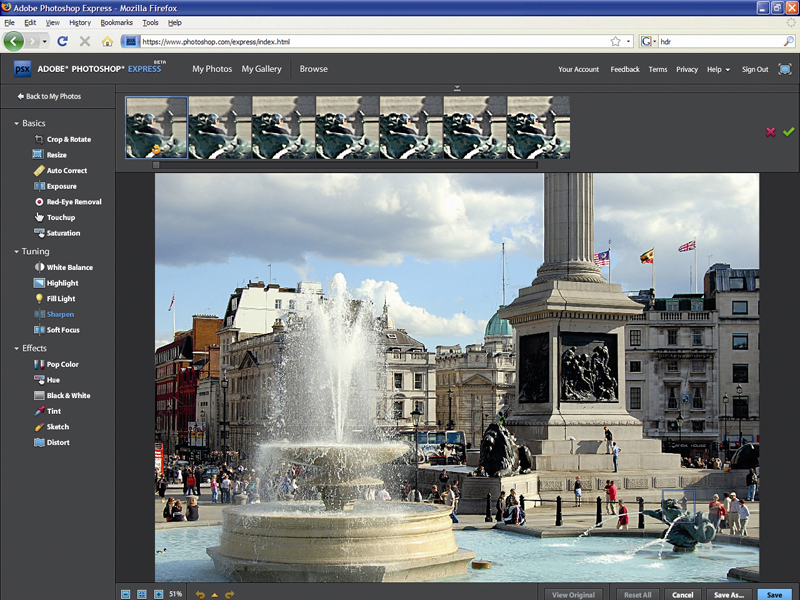
When you're editing a photo, every pixel counts.
For the past two decades, Adobe has been the leader in maximising every pixel or analysing the colour, density and sharpness of an image, helping pro photographers and amateur snappers alike improve the quality of their work. The question is: where can its software go next?
To infinity, it seems. Future features are set to include facial recognition for meta-tagging images and online editing tools. We sat down with Jim Mohan, a Director of Product Management at Adobe, to talk more about these planned advancements and ask about the current and future state of photo editing.
TechRadar: We'll start with an easy one: how does Photoshop work?
Jim Mohan: I can give kind of a top-line view of what's going on behind the scenes with Photoshop. Really it's all about maths and pixel- level maths. Each pixel has a red, green or blue value, and any time you make adjustments to them you're altering those values either on a pixel-by-pixel basis or based on what surrounding pixels are doing. The mathematics can obviously get very complex and require a lot of calculations at one time. Since consumer PC processing power has increased significantly in the last few years, a lot more can happen on the consumer's computer. That said, sometimes to make Photoshop appear to run faster we'll do previews on a lower-resolution photo before finalising the change. So you might see some really fast responsiveness if you want to lighten or darken or change the levels and then when you press commit or OK, the processing on the full resolution photo will happen. As consumers are getting better cameras and the size of photos is increasing significantly, we do what we can to make sure you're not waiting for a very long time to see and evaluate whether you want to make that change.
TR: How have you reacted to other changes in technology over Photoshop's lifespan? Has your core customer changed?
JM: We are definitely seeing our consumers moving up in terms of camera [quality]. DSLR cameras are coming down significantly in price. What we do is try to take advantage of the more advanced features of the camera. One of the biggest trends in the recent past has been an increased adoption of raw formats – consumers wanting to do more of the processing outside of the camera so that they can have control over it. So we've got Adobe Camera Raw at its full capacity in Photoshop CS3 and what we call an 'elementalised' version of Adobe Camera Raw in Photoshop Elements. We're seeing a huge increase in the number of people using DSLRs and experimenting with Raw. We're also starting to talk to the camera companies about how we can work together to think about the workflow more cohesively and think about building things into the camera that our software can take more advantage of. One of the most extreme examples is a prototype lens that Todor Georgiev at Adobe has been working on. This is a lens that's certainly nowhere near going to market yet. It captures over 20 images at one time and you can then adjust the focus after the fact. So I can take a picture of a crowded room and then afterwards have it focused on the far end or near end of the room. And that's an example that we see coming in the future. Adobe Camera Raw allows you to adjust lighting and exposure; this concept is about adjusting the actual focus after the fact.
Get daily insight, inspiration and deals in your inbox
Sign up for breaking news, reviews, opinion, top tech deals, and more.
TR: Do you, as a software development company, feel that certain functions should not be done on the camera? Is that the kind of stuff that should be saved for later Photoshop retouching?